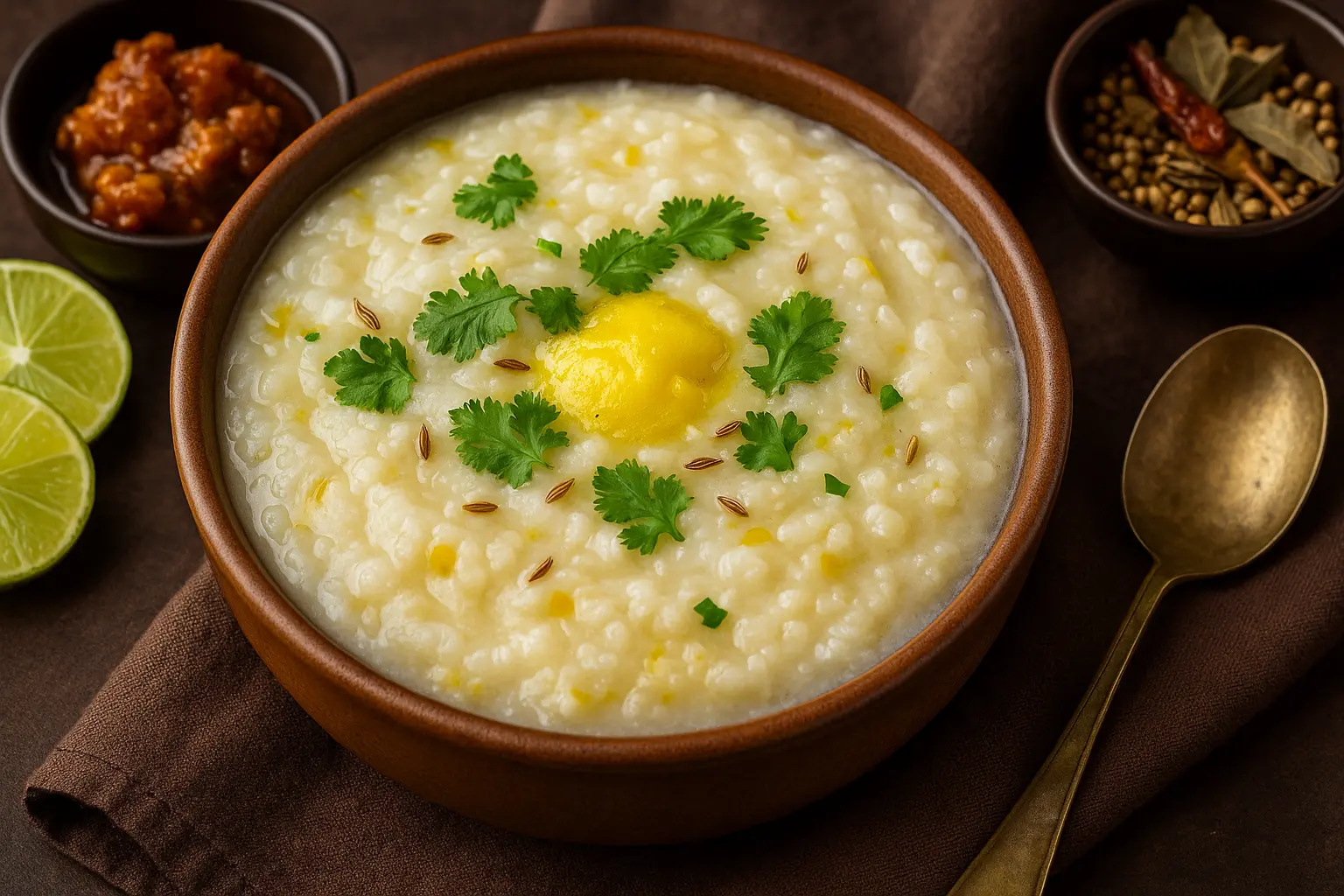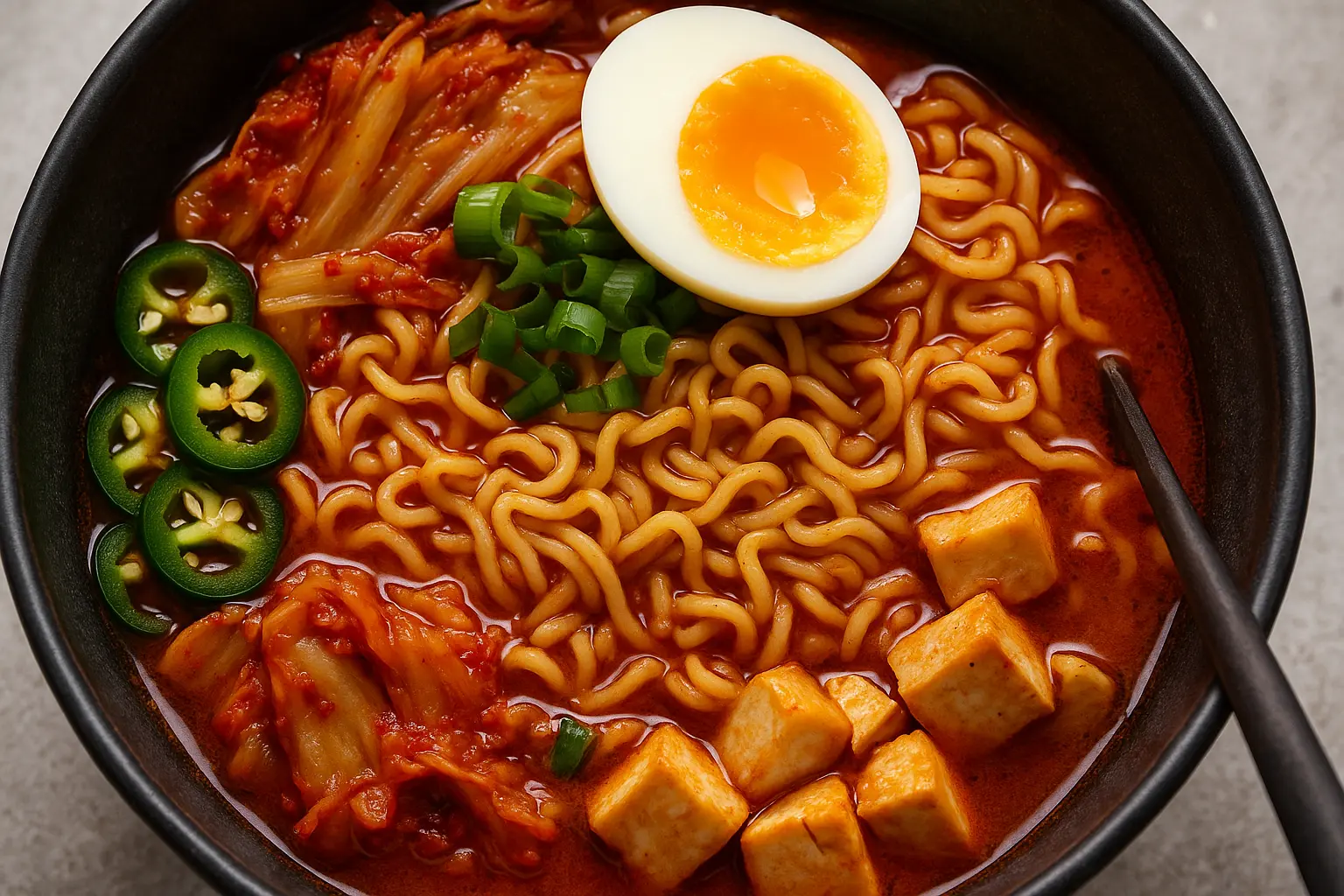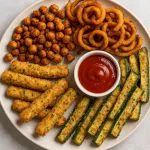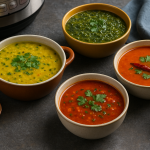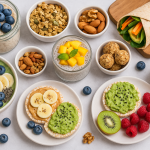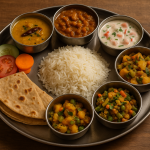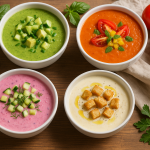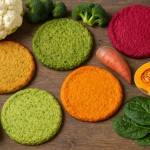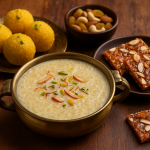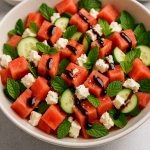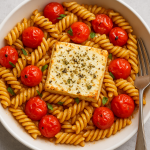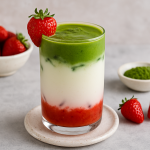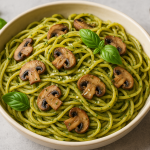Comforting Indian Rice Porridge Recipes for Any Season
Indian cuisine is rich in comfort foods that evoke warmth, nostalgia, and nourishment—and among the most humble yet beloved dishes is rice porridge. Known by many names across India—kanji, congee, khichdi, kheer, or payasam—these porridge-style recipes are incredibly versatile and suitable for all seasons, moods, and occasions.
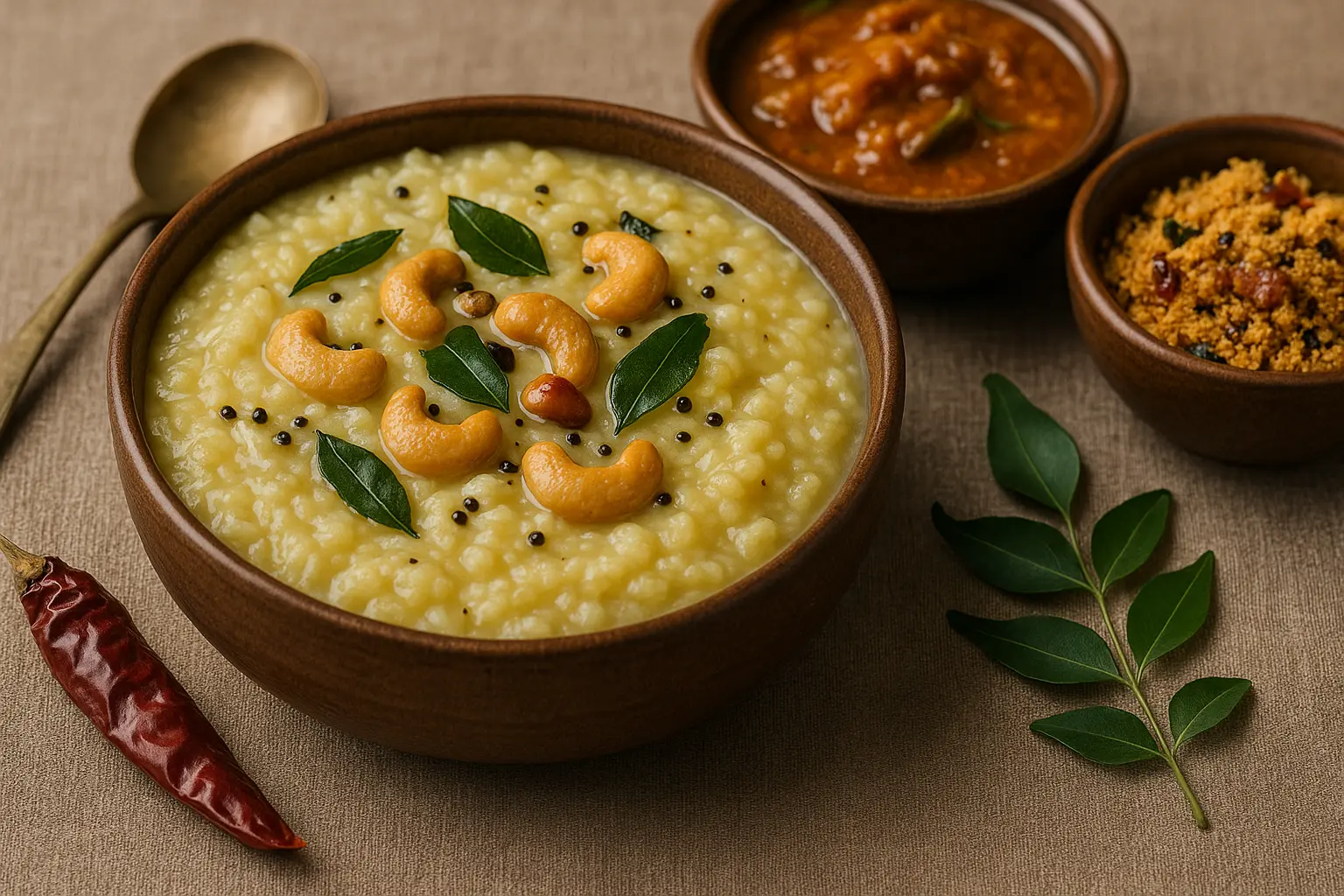
Whether you're looking for a light summer meal, a hearty winter breakfast, or something soothing for a sick day, Indian rice porridges have you covered. Let’s dive into the world of Indian rice porridges—both sweet and savory—and explore recipes, benefits, regional variations, and tips to make them right every time.
Why Indian Rice Porridge is Perfect for Every Season
Rice porridge has universal appeal because it can be adapted to match the weather, your dietary needs, and even your mood:
Winter: Warm and hearty porridge like masala khichdi, moong dal rice kanji, or sweet kheer with spices warm the body.
Summer: Light and cooling options like fermented rice porridge (pazhankanji) or tempered kanji work wonders.
Rainy Days: Spiced porridge with ginger and turmeric becomes both comforting and immunity-boosting.
Health Recovery: Soft, bland porridges like plain kanji or sathi payasam are gentle on the stomach.
Nutritional and Ayurvedic Benefits
Indian rice porridge is more than comfort food—it's backed by centuries of Ayurvedic wisdom.
Easily digestible: Ideal for kids, seniors, and people recovering from illness.
Hydrating: High water content helps in keeping you hydrated, especially during summers or fevers.
Balancing: Helps balance doshas when prepared with Ayurvedic principles.
Customisable: Can be adapted to be vegan, dairy-free, gluten-free, or high-protein.
Types of Indian Rice Porridge
We can broadly classify rice porridge into two categories:
1. Savory Rice Porridge
Kanji (South India) – Plain or tempered, often served with pickle or curry.
Khichdi (Pan-India) – A thicker porridge with lentils, vegetables, and spices.
Pazhankanji (Fermented Kanji) – Leftover rice soaked and mildly fermented overnight, eaten the next day with curd, pickle, or buttermilk.
Rice Dal Porridge (Baby Food) – Mild, nourishing food for toddlers or those on soft diets.
2. Sweet Rice Porridge
Kheer (North India) – Rice cooked in milk with sugar, cardamom, saffron, and nuts.
Payasam (South India) – Similar to kheer but with coconut milk or jaggery.
Sathi Payasam – Lightly spiced sweet rice porridge, often served during fasting or religious ceremonies.
Regional Variations in India
South India:
Kanji – A plain rice porridge eaten with chutney or pickle.
Jeeraga Kanji (Tamil Nadu) – Rice porridge cooked with cumin and garlic, often consumed when sick.
Oats or Ragi Kanji – Often used in Tamil and Kerala households as a breakfast or baby food.
North India:
Kheer – Rice cooked with milk and sugar, sometimes flavored with saffron and cardamom.
Moong Dal Khichdi – A mushy mixture of moong dal and rice with turmeric, often served with ghee.
Eastern India:
Pakhala Bhata (Odisha) – Soaked rice served cold with yogurt, fried vegetables, and pickle.
Chirer Payesh (Bengal) – Flattened rice sweet porridge similar to kheer.
Western India:
Gujarati Khichdi – A semi-thick porridge of rice and moong dal often eaten with kadhi.
Kansar – A festive wheat-based porridge but similar in texture to rice porridge.
6 Must-Try Indian Rice Porridge Recipes
1. Basic Salted Rice Kanji
Ingredients:
1 cup rice
6–7 cups water
Salt to taste
Method:
Wash rice thoroughly.
In a pot, combine rice and water. Bring to boil.
Simmer until rice is very soft and broken down.
Add salt and serve hot.
Optional Add-ons: Temper with mustard seeds, curry leaves, garlic, or cumin.
2. Ayurvedic Jeera Rice Kanji (Cumin Porridge)
Ingredients:
½ cup rice
1 tsp cumin seeds
1 tsp ghee
Salt, water
Instructions:
Roast cumin in ghee, add washed rice.
Add 4 cups water and cook until soft.
Add salt and serve warm—perfect for indigestion or colds.
3. Masala Khichdi with Vegetables
Ingredients:
½ cup rice + ½ cup moong dal
1 small carrot, chopped
½ cup peas
1 tsp turmeric, salt
1 tbsp ghee
Spices (mustard, cumin, asafoetida)
Instructions:
Wash dal and rice. Pressure cook with vegetables, turmeric, and salt for 3 whistles.
Prepare a tempering with ghee and spices. Mix into cooked khichdi.
Serve hot with papad or pickle.
4. Classic Rice Kheer
Ingredients:
½ cup basmati rice
4 cups milk
½ cup sugar
Cardamom pods
Cashews and raisins
Instructions:
Boil milk. Add soaked rice. Cook until rice is soft.
Add sugar, cardamom, and nuts. Simmer to thicken.
Serve hot or chilled.
5. Coconut Jaggery Payasam
Ingredients:
½ cup rice
2 cups coconut milk
½ cup jaggery
Cardamom, ghee, cashews
Instructions:
Cook rice in water until soft.
Add jaggery and mix until melted.
Stir in coconut milk. Add cardamom and roasted cashews.
Simmer for 5–10 mins and serve.
6. Fermented Rice Porridge (Pazhankanji)
Ingredients:
1 cup cooked rice
Water to soak
Salt, green chilli, curd (optional)
Instructions:
Soak leftover rice in water overnight.
Next morning, mash and add salt.
Add green chilli or curd if preferred.
Serve chilled with pickles.
Tips to Perfect Indian Rice Porridge
Soaking rice beforehand reduces cooking time and enhances digestibility.
Use low to medium heat for cooking to avoid burning.
For sweet versions, use thick-bottomed pans to prevent sticking.
Garnish mindfully—use ghee, nuts, or herbs based on the season and dish type.
Adjust consistency based on purpose—thinner for beverages or medicinal use, thicker for meals.
Making It Kid-Friendly
Blend porridge for toddlers or add milk and jaggery for taste.
Avoid spices if your child is under 1 year.
Add mashed vegetables to khichdi for a nutritious one-pot meal.
Vegan and Gluten-Free Variations
Use coconut or almond milk instead of dairy.
Opt for jaggery or maple syrup for sweetness.
All traditional rice porridges are naturally gluten-free, making them safe for those with gluten sensitivities.
Storing and Reheating
Store in airtight containers in the fridge for 2–3 days.
Add a splash of water or milk when reheating to restore consistency.
Best reheated on the stovetop or microwave.
Final Thoughts
Indian rice porridge is the ultimate example of simple food with profound nourishment. It adapts to weather, body needs, and taste preferences—sweet or savory, hot or cold. Whether you're recovering from illness, planning a cozy breakfast, or simply missing home, these recipes bring warmth to your table.
From the Ayurvedic kitchens of Kerala to the celebratory feasts in Punjab, rice porridge continues to unite India in comfort. Start with the simplest kanji or elevate it with nuts and ghee—there’s a bowl for everyone.
Leave a comment
Your email address will not be published. Required fields are marked *


